carboxylate ir stretch
Spectra were recorded in regions below 800 cm 1 8001500 cm 1 the fingerprint region the region between 2800 and 3000 cm 1 C-H stretch region and finally the region between 3000 and 3600 cm 1 O-H stretch region by method as mentioned by Belton et al. The frequency of the carboxylate stretching vibration near 1550 cm.
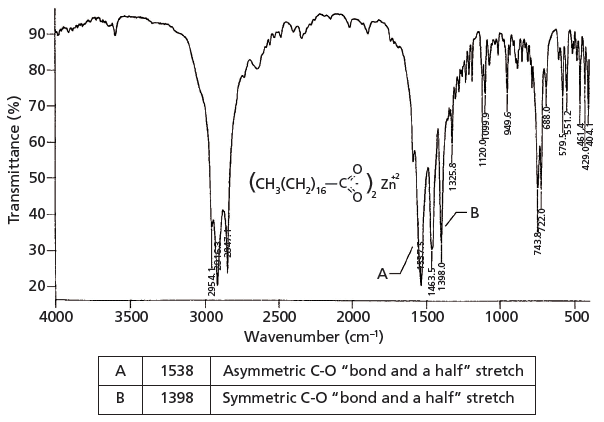
The Carbonyl Group Part V Carboxylates Coming Clean
Abstract We report the first IR spectroscopic observation of carboxylate stretching modes in free space ie in the complete absence of solvent or counterions.
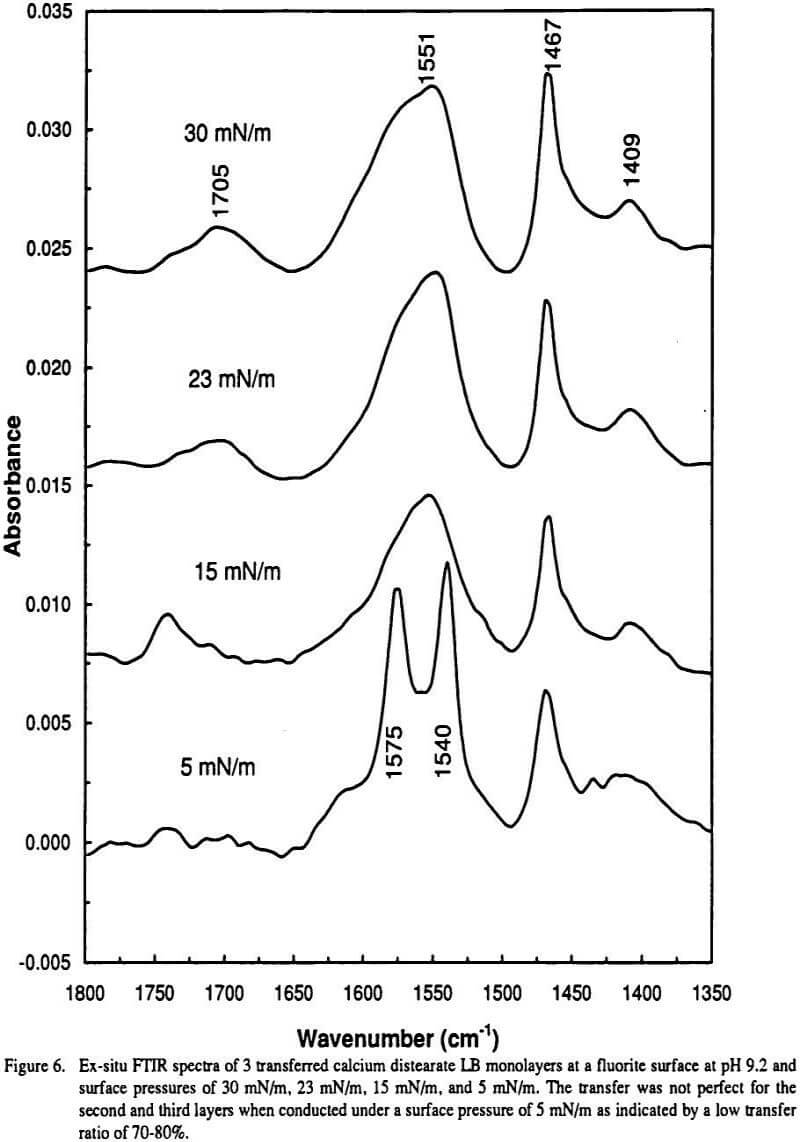
. The asymmetric stretching frequency increases and the symmetric one decreases due to the breakdown in equality of the carbonyl group mehrotra and bohra 1983 colthup. Theoretically then a C-O bond and a half stretch might fall at the average peak position of these two carbonoxygen stretching vibrations. Abstract A widely used principle is that shifts in the wavenumber of carboxylate stretching modes upon bonding with a metal center can be used to infer if the geometry of the bonding is monodentate or bidentate.
The average of 1700 and 1200 is 1450 close to where the carboxylate stretching peaks fall. In comparison with its corresponding free ion a large splitting of the co 2 stretching frequencies δ ν is often an indication of monodentate coordination in a metal carboxylate. Why is the carbonyl IR stretch in an ester higher than in a ketone.
A CO stretch falls at about 1700 1 and a C-O stretch typically falls at about 1200 5. We report the first IR spectroscopic observation of carboxylate stretching modes in free. The FT-IR spectra of Fe 3 Among these new peaks the peak at 1581 cm 1 can be attributed to asymmetric C-O stretching of carboxylate groups while the peaks at 1491 and 1485 cm 1 are due to.
As in ketones if the carbons adjacent to the aldehyde group are unsaturated this vibration is shifted to lower wavenumbers 1710-1685 cm -1. 3700 - 3500 m. 1780 - 1710 s 1690 - 1630 s The carbonyl stretching absorption is one of the strongest IR absorptions and is very useful in structure determination as one can determine both the number of carbonyl groups assuming peaks do not overlap but also an estimation of which types.
A combined experimental and theoretical study of carboxylate. Modelling the IR spectra of aqueous metal carboxylate complexes. Correlation between bonding geometry and stretching mode wavenumber shifts Catherine.
Carboxylate anions exhibit characteristic vibrational spectra in the infrared IR which typically includes an intense peak due to symmetric stretching of the COO functional group as well as a peak due to antisymmetric stretching. Infra-red spectroscopy of molecules was introduced 110 years ago by Coblentz as the first functional group spectroscopic method The structure of the compound has a great influence on the absorption spectra. The variations of the frequency differences of symmetric and asymmetric stretching vibrations in a series of carboxylato FeII complexes have been theoretically studied.
In many cases it seems as though certain bonds are due to certain. Carbonyl stretching frequencies unsaturationsaturation refresher. On the other hand the doublet IR absorbance band at 1540 and 1575 cm1 which is observed for adsorbed carboxylate groups at multilayer coverage and for bulk-precipitated calcium dicarboxylate.
IR carboxylate stretching modes are widely used to infer if the geometry of the bonding is monodentate or bidentate. In fact different types of attachments like ionic and coordination bonds monodentate bidentate bridging and bidentate chelating can be interpreted by observing antisymmetric stretching of. A widely used principle is that shifts in the wavenumber of carboxylate stretching modes upon bonding with a metal centre can be used to infer if the.
Sutton Gabriel da Silva and George V. Weatherability of pastel and dark colored rigid PVC compound can be achieved by substituting the more light. University of Central Missouri.
1 in the dianion of 4-hydroxybenzoic acid to 1650 cm. The carbonyl stretch CO of saturated aliphatic aldehydes appears from 1740-1720 cm -1. We have tested this principle with ab initio modeling for aqueous metal carboxylate complexes and have shown that it does indeed hold.
It is shown that structural information can be obtained from a direct comparison between the difference Delta nuas - nus.
The C O Bond Part Iii Carboxylic Acids
The C O Bond Part Iii Carboxylic Acids
22 2 Spectroscopy Of Carboxylic Acid Derivatives Chemistry Libretexts
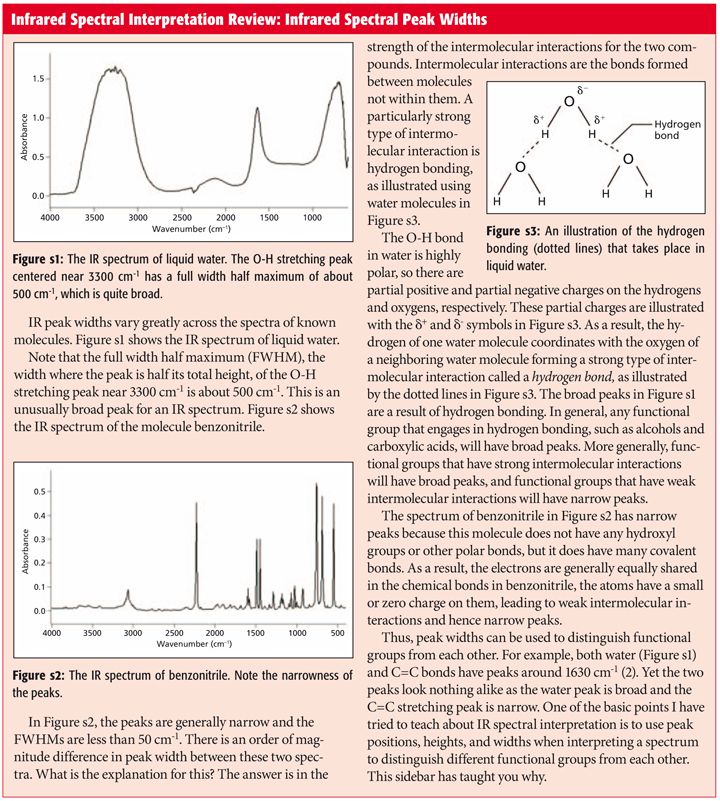
The C O Bond Part Iii Carboxylic Acids
22 2 Spectroscopy Of Carboxylic Acid Derivatives Chemistry Libretexts

How Range Peak Ir Spectrum For Carboxylic Acid Salts Ex Calcium Lactate

Infrared Spectrum Of Ethanoic Acid Prominent Wavenumbers Cm 1 Detecting Functional Groups Present Finger Print For Identification Of Ethanoic Acid Image Diagram Doc Brown S Advanced Organic Chemistry Revision Notes

Lec15 Ir Spectra Of Carboxylic Acids Amides And Esters Youtube

Infrared Spectrum Of Benzoic Acid C7h6o2 C6h5cooh Prominent Wavenumbers Cm 1 Detecting Functional Groups Present Finger Print For Identification Of Benzoic Acid Image Diagram Doc Brown S Advanced Organic Chemistry Revision Notes

How Range Peak Ir Spectrum For Carboxylic Acid Salts Ex Calcium Lactate
22 2 Spectroscopy Of Carboxylic Acid Derivatives Chemistry Libretexts
21 3 Spectroscopy Of Carboxylic Acids Chemistry Libretexts

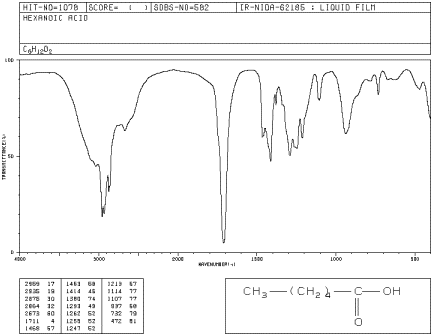
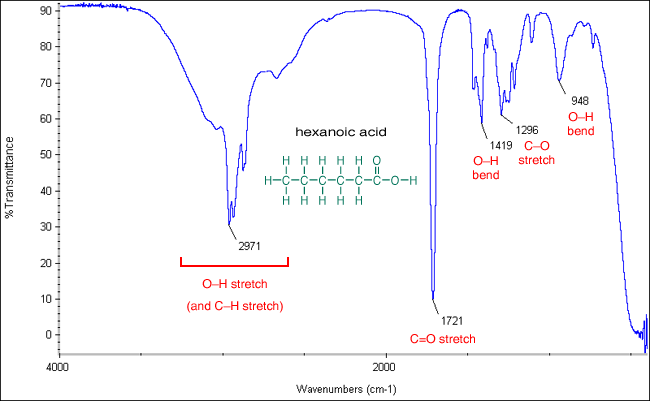
Comments
Post a Comment